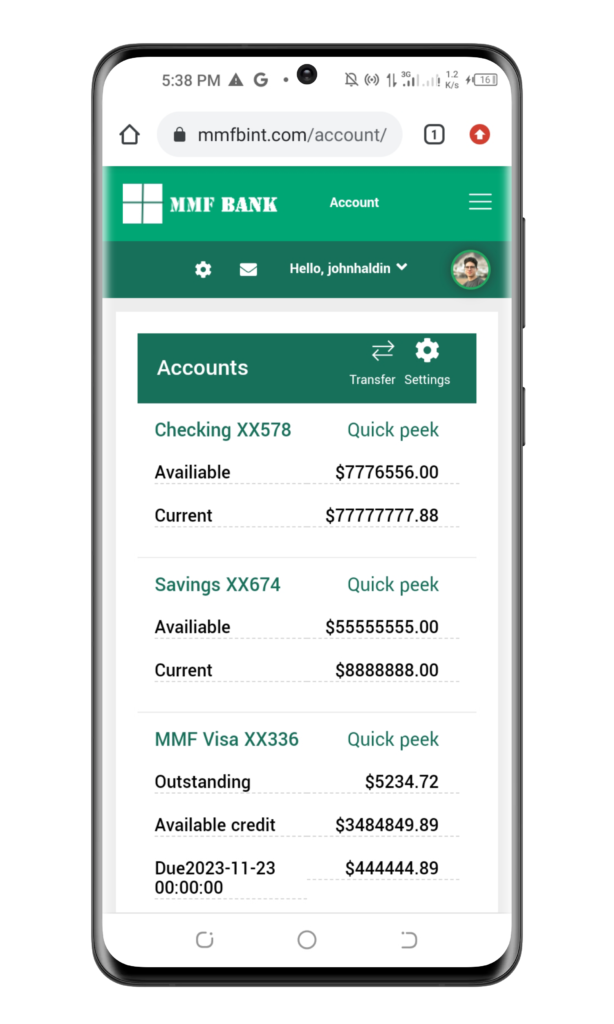
In Banking, Sustainability is the New Digital
In an era dominated by digital innovation, the banking sector is undergoing a profound transformation. While digitalization has been a key driver of change, a
A penny saved is a penny earned




In the ever-evolving landscape of digital payments, a compelling trend is gaining momentum on the global stage – Request to Pay (RTP). This innovative approach is reshaping the way individuals, businesses, and financial institutions interact during transactions. In this blog post, we delve into the growing prominence of Request to Pay and its transformative impact on the world of payments.
Conclusion: Request to Pay is not merely a trend; it’s a transformative force reshaping the landscape of global payments. With its emphasis on flexibility, efficiency, and inclusivity, Request to Pay is heralding a new era where payments are not only seamless but tailored to the diverse needs of businesses and individuals worldwide. As the momentum builds, the global embrace of Request to Pay heralds a future where the power of payment lies firmly in the hands of those initiating and fulfilling transactions.

In an era dominated by digital innovation, the banking sector is undergoing a profound transformation. While digitalization has been a key driver of change, a

In a world where smartphones have become extensions of ourselves, the magic of mobile payments is revolutionizing the way we handle transactions. From the convenience